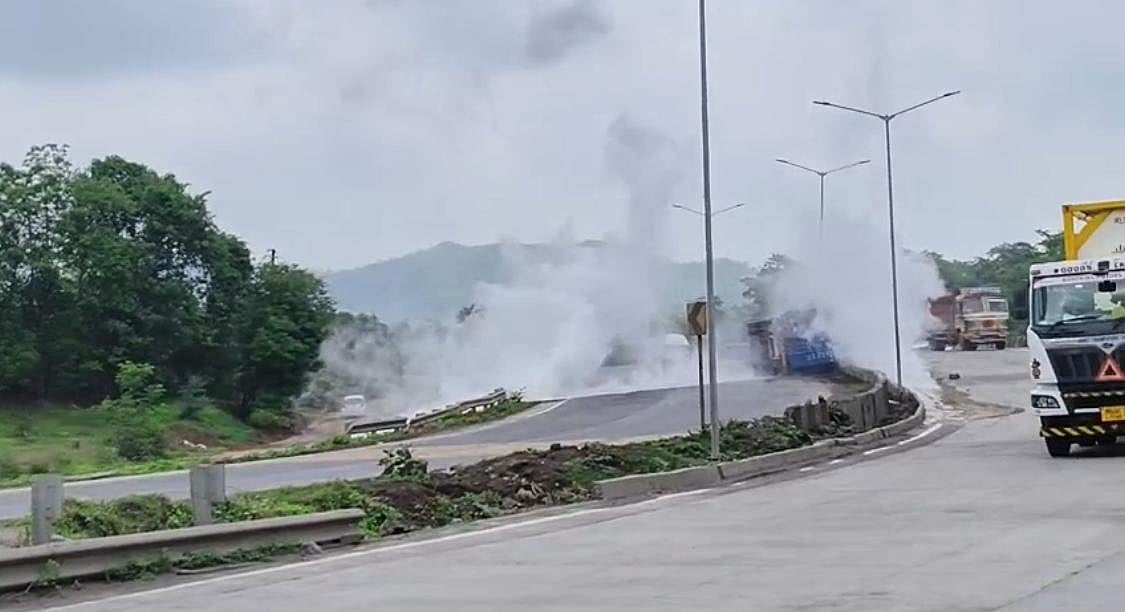Navi Mumbai: With the Maharashtra government officially granting Conservation Reserve status to DPS Flamingo Lake in Nerul, environmental groups are now urging the state to extend the same protection to all five key wetlands forming part of the Thane Creek Flamingo Sanctuary (TCFS) Ramsar site.
Welcoming the government’s move, environmentalists stressed that this step should serve as a springboard to secure similar status for the wetlands at NRI Complex, T.S. Chanakya, Panje-Dongari, and Sewree-Mahul — all of which are vital habitats for migratory birds and part of the TCFS satellite ecosystem.
"The wildlife board had endorsed the proposal to declare bird sanctuaries at Sewri-Mahul, NRI-TS Chanakya, and Panje as far back as December 2015. The announcement was also publicly supported by then Chief Minister Devendra Fadnavis," said the NatConnect director B N Kumar
Kumar added that the National Centre for Sustainable Coastal Management has recently surveyed the wetlands at Panje, NRI Complex, and T.S. Chanakya, as per information obtained through the RTI Act. He urged the Maharashtra Environment Department to expedite the official notification of these wetlands under the Environment Protection Act, and to declare them as Conservation Reserves.
Encouraging signs have emerged from the Navi Mumbai International Airport Limited (NIMAL), which has stated in its environmental compliance reports that it will preserve biodiversity in the airport zone, as recommended by the Bombay Natural History Society (BNHS). The BNHS has consistently advocated for the protection of these water bodies, emphasizing their ecological importance.
Further bolstering the conservation campaign, Kumar pointed out that the State Mangrove Cell has already included these wetlands under the TCFS Management Plan 2020–2030, reaffirming their significance and need for protection.
NatConnect has announced plans to escalate the matter again with Chief Minister Eknath Shinde and newly appointed Forest Minister Ganesh Naik.
Interestingly, CIDCO’s earlier plans to build a golf course on the NRI wetland have been shelved, according to NIMAL’s Environment Impact Assessment (EIA) report — a development that activists see as a green light for formal protection of these areas.
“These wetlands must be saved with rocket speed,” Kumar asserted, noting their vital role in preserving biodiversity, supporting local fishing communities, functioning as urban flood sponges, acting as carbon sinks, and boosting groundwater recharge.
Quoting the government’s own definition, Kumar emphasized that wetlands — whether natural or man-made, static or flowing — must be preserved as irreplaceable ecological assets.

Echoing the sentiment, Sandeep Sareen of the Navi Mumbai Environment Preservation Society said, “With Navi Mumbai Municipal Corporation already expressing interest in maintaining the NRI and TSC wetlands, there is no excuse left. The government must act now.”






